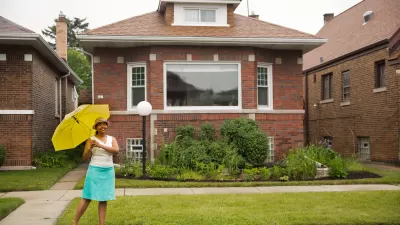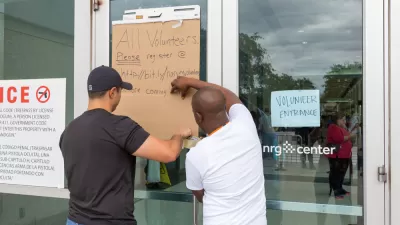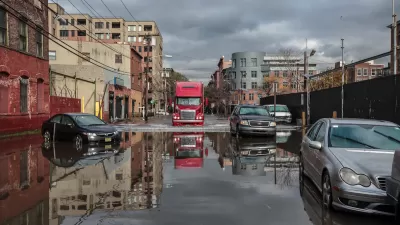New research shows that modern building codes have prevented around $27 billion in damage from natural disasters between 2000 and 2016, yet many cities still operate under decades-old regulations.

To adapt to the effects of rising sea levels, increasingly destructive wildfires, and longer storm seasons, many local governments have implemented updated building codes that recognize the realities of climate change and adapt building requirements to more adequately prepare for future disasters. These codes, which include increased elevation for houses in flood zones, wind-resistant roofs, and earthquake-safe construction requirements, save homes and businesses from billions of dollars in damage and make communities more resistant to the ravages of natural disasters. Yet recent research published by the Federal Emergency Management Agency(FEMA) shows that more than a third of new construction in the United States is happening in places with building guidelines that are more than 20 years old—or that have none at all.
While climate change arguments tend to get bogged down in partisan debates, agencies like FEMA have created "resiliency" initiatives as a way to garner bipartisan support for projects that boost infrastructure spending for weather-proofing homes and limiting damage from natural disasters. FEMA's Building Resilient Infrastructure and Communities program provides grant funding to local governments that want to update their building codes or strengthen enforcement of existing regulations. If implemented nationwide, FEMA estimates that updated building codes could accumulate up to $132 billion in avoided property losses by 2040.
FULL STORY: Updated Building Codes Prevent Billions in Disaster Damages. Many Localities Don’t Have Them in Place.

Study: Maui’s Plan to Convert Vacation Rentals to Long-Term Housing Could Cause Nearly $1 Billion Economic Loss
The plan would reduce visitor accommodation by 25,% resulting in 1,900 jobs lost.

North Texas Transit Leaders Tout Benefits of TOD for Growing Region
At a summit focused on transit-oriented development, policymakers discussed how North Texas’ expanded light rail system can serve as a tool for economic growth.

Using Old Oil and Gas Wells for Green Energy Storage
Penn State researchers have found that repurposing abandoned oil and gas wells for geothermal-assisted compressed-air energy storage can boost efficiency, reduce environmental risks, and support clean energy and job transitions.

Private Donations Propel Early Restoration of Palisades Playground
Los Angeles has secured over $1.3 million in private funding to restore the Pacific Palisades playground months ahead of schedule, creating a modern, accessible space that supports community healing after recent wildfires.

From Blight to Benefit: Early Results From California’s Equitable Cleanup Program
The Equitable Community Revitalization Grant (ECRG) program is reshaping brownfield redevelopment by prioritizing projects in low-income and environmental justice communities, emphasizing equity, transparency, and community benefits.

Planting Relief: Tackling Las Vegas Heat One Tree at a Time
Nevada Plants, a Las Vegas-based nonprofit, is combating the city’s extreme urban heat by giving away trees to residents in underserved neighborhoods, promoting shade, sustainability, and community health.
Urban Design for Planners 1: Software Tools
This six-course series explores essential urban design concepts using open source software and equips planners with the tools they need to participate fully in the urban design process.
Planning for Universal Design
Learn the tools for implementing Universal Design in planning regulations.
Ascent Environmental
Borough of Carlisle
Institute for Housing and Urban Development Studies (IHS)
City of Grandview
Harvard GSD Executive Education
Toledo-Lucas County Plan Commissions
Salt Lake City
NYU Wagner Graduate School of Public Service





























